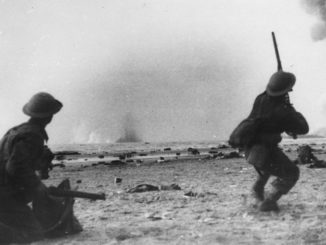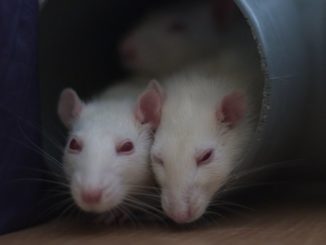
Whilst listening to some 70’s era music – the time when music demanded competence – I came across a track by Traffic. I listened and remembered hearing it many years ago and that it was hippie nonsense. I carried on listening in order to confirm my prejudices when it struck me what an incredible track it really was.
This bloke called John Barleycorn had really upset somebody. A group of people decided to kill him. He underwent numerous attacks but survived, barely, but was finally murdered in the most horrific way and soon after, those responsible drank heartily and celebrated.
This felt like a window had just been opened and, being the nosy bugger I am, I had to learn more such as what on earth had this bloke done?
Further research shows evidence of this or at least a version of this, being sung in the late 1500s. OK, now we are getting somewhere, it was an English folk song reminding us that things could get a bit gruesome in those days and a time when nobody could blame video games or television.
Continued looking shows that Robbie Burns published a poem, possibly very closely tied to the original in 1782.
This is an excerpt of that poem which underlines the hardships that John Barleycorn endured.
There was three kings into the east,
Three kings both great and high,
And they hae sworn a solemn oath
John Barleycorn should die.They took a plough and plough’d him down,
Put clods upon his head,
And they hae sworn a solemn oath
John Barleycorn was dead.But the chearful Spring came kindly on,
And show’rs began to fall;
John Barleycorn got up again,
And sore surpris’d them all.The sultry suns of Summer came,
And he grew thick and strong,
His head weel arm’d wi’ pointed spears,
That no one should him wrong.The sober Autumn enter’d mild,
When he grew wan and pale;
His bending joints and drooping head
Show’d he began to fail.His colour sicken’d more and more,
He faded into age;
And then his enemies began
To show their deadly rage.They’ve taen a weapon, long and sharp,
And cut him by the knee;
Then ty’d him fast upon a cart,
Like a rogue for forgerie.They laid him down upon his back,
And cudgell’d him full sore;
They hung him up before the storm,
And turn’d him o’er and o’er.They filled up a darksome pit
With water to the brim;
They heaved in John Barleycorn,
There let him sink or swim.They laid him out upon the floor,
To work him farther woe;
And still, as signs of life appear’d,
They toss’d him to and fro.They wasted, o’er a scorching flame,
The marrow of his bones;
But a miller us’d him worst of all,
For he crush’d him between two stones.And they hae taen his very heart’s blood,
And drank it round and round;
And still the more and more they drank,
Their joy did more abound.
Like a Hollywood tough guy, he kept coming back for more where, only towards the end was he finally defeated.
This was no person. The whole song, poem or ballad is a reference to the crop cycle and specifically that of barley.
Last season’s crop is cut down and the new crop is planted with ‘clods upon his head’. He got up again as the barley began to grow and he grew thick and strong over the Summer.
He grew pale during Autumn and his ‘enemies’ cut him down with weapons ‘long and sharp’ or scythes as we would call them. Dragged off on a cart, he was cudgelled which represents threshing.
He then undergoes two different punishments.
In the first, he is drowned in ‘darksome’ barrels where whisky is produced.
In the second, he is crushed between two stones – flour is being milled for bread.
Finally, his very blood is drunk – whisky again – “and the more they drank, their joy did more abound”.
Poor old John Barleycorn.
© RatCatcher 2022



